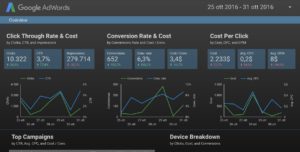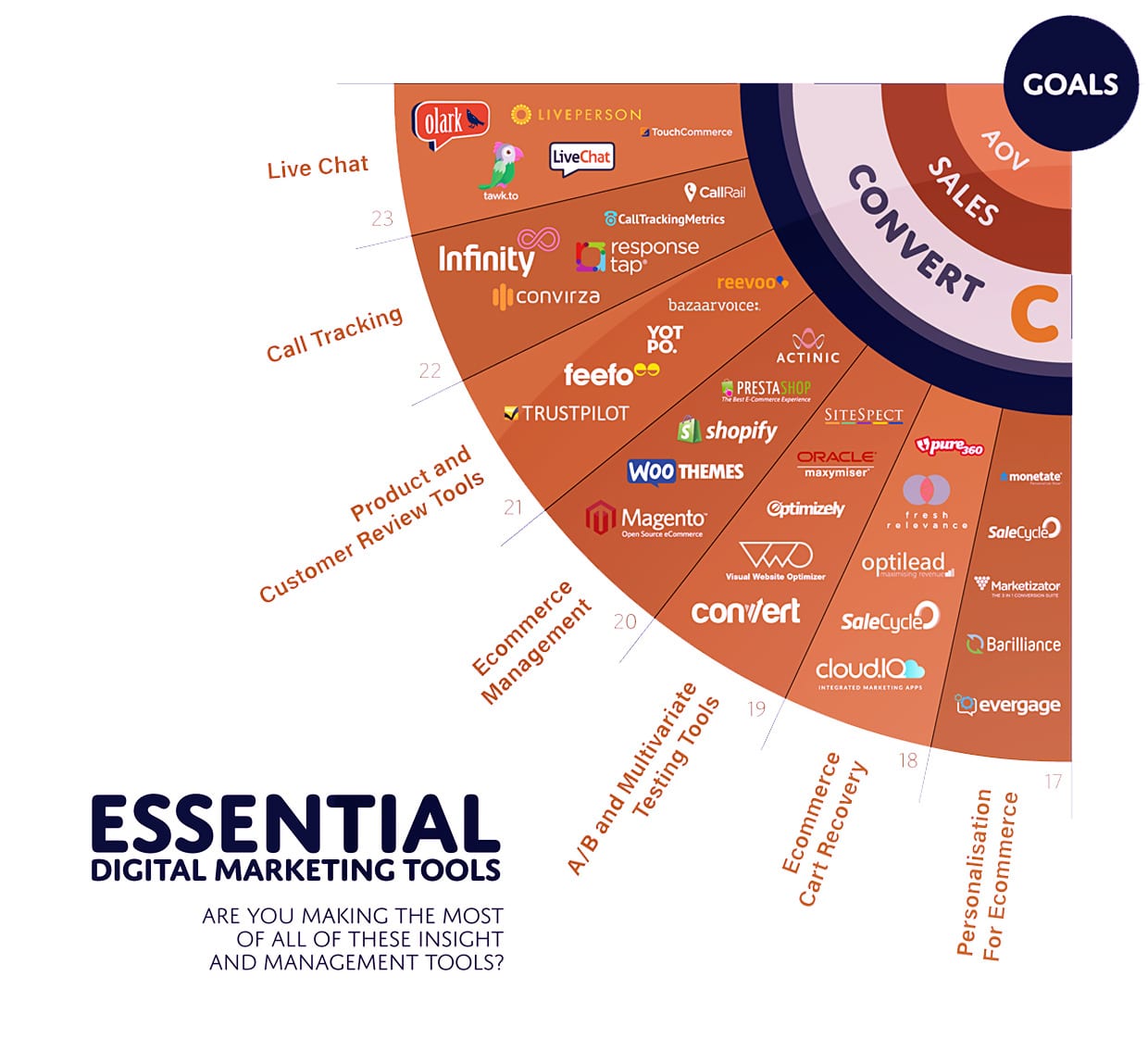Kick-Start Your 2017: 5 Research-Backed Techniques to Develop Your Social Strategy
2016 has undoubtedly been a remarkable year for social media. Below are just some highlights:
- The total number of active social media users reached 2.307 billion.
- Facebook reached more than 1.79 billion monthly active users.
- Social media had a significant influence on the recently concluded U.S. presidential election, with 35 percent of people aged 18 through 29 citing it as the most helpful source of information.
One thing is clear: Social media can no longer be ignored. It is making and destroying nations, it is accelerating the spread of leaks and classified information and it has created more revolutions than we can count.
The important question, however, is: How is social media influencing businesses?
Apparently, not as much as it should be–46 percent of business-to-business marketers report that they are not sure whether any social channels have generated revenue for their businesses, and a whopping 59.5 percent of chief marketing officers are not sure that social media is a successful part of their marketing strategy.
Social media will be much bigger in 2017, but you need to change your approach to make things work. Here are five research-backed techniques to use when developing your social media strategy for 2017.
Document your social strategy
The very first step toward a successful social strategy is to have a documented strategy–many people fail at getting results from social media due to lack of a documented strategy. Since there’s no documented strategy, they have no idea what role a certain action plays as a part of their overall game plan.
According to data from Content Marketing Institute, 60 percent of people with a documented strategy will get results, compared with a measly 7 percent of people without a strategy.
Create a clear, actionable strategy that outlines the steps you plan to take and when, and make sure everybody that will be involved in your social media usage partake in the process of creating your strategy.
Measure your results
According to research from Pardot, about 30 percent of marketers are not tracking the impact of social media on lead generation and sales. Another source shows that 53 percent of social media marketers don’t measure their success.
Not tracking results is a recipe for failure: It is important to know what is working and what isn’t so that you can justify how you use your social media resources and also tweak your strategy accordingly.
In 2017, if possible, conduct a monthly review of your actions–identifying and monitoring key metrics–to see exactly how social media is working for you. You need to measure results to consistently get results, so take steps to measure the results your social media effort is generating.
Use facts and data, not opinion
Imagine the following mindset from two social media marketers:
Social marketer No. 1: “Posting the same update multiple times is intrusive. I can’t do it, or I will be disturbing my fans.”
Social marketer No. 2: “Wow, I had no idea that just 0.7 percent of people will engage with the average tweet, and engagement on Facebook isn’t much better, either. I also had no idea that resharing content can increase engagement by 686 percent. I definitely should revise my strategy.”
Who do you think will get the better results of the two marketers? Marketer No. 2, of course. While you can try to act based on opinion in a lot of areas without much consequence, doing so in marketing can have disastrous effects.
Scour the internet and reliable reports for the latest data and statistics on social media return on investment, know what is working and what isn’t, align with your goals and always be ready to revise. Don’t ever hold an opinion about what you feel works best and what doesn’t–and even if you do, be careful not to let your opinion influence your strategy. Only plot your strategy based on actionable data and statistics.
Make blogging a core part of your social strategy
Yeah, I know, right. When talking social media strategy, blogging is probably the last thing that comes to mind–we easily think of Facebook, Twitter and the likes. However, blogging as a part of your social strategy will be more important than ever in 2017.
2016 was the year when major social media platforms decided that they wanted more control, creating an environment that makes it increasingly difficult to reach the audience you’ve attracted on their platform. Facebook took a lot more control with Instant Articles, and a few other social media sites introduced equivalents.
Of course, your blog won’t start competing with Facebook’s 1.79 billion MAUs, but decentralization on your social channels will have a huge impact on your success. Blogging will definitely be advantageous.
For one, blogs are rated as the fifth-most-trusted source of information online, and research shows that making blogging a part of your social strategy can boost conversions by up to 67 percent. If you don’t blog yet, it’s time to start.
There are several resources on how to create a blog, and getting something set up on WordPress, Drupal or Blogger won’t take your time or cost you extra.
Readily revise your social media strategy
When you hear “strategy,” you’re probably thinking of a very rigid action plan that must be followed to the core. Maybe in some instances, but definitely not with social media–a huge key to effectively leveraging social media is knowing when to adapt and change techniques.
Just a few years ago, Instagram didn’t exist, but right now, statistics show that engagement on Instagram is almost 10 times higher than engagement on Facebook and almost 40 times that of Twitter.
New social media networks pop up every day, and your audience probably changes its social media habits on a regular basis. The key to success lies in keeping up with the trends, knowing what is working and what isn’t and revising your strategy very quickly when necessary.
John Stevens is the founder and CEO of HostingFacts Reviews and a sales and marketing consultant to hundreds of businesses.
Image courtesy of Shutterstock.

